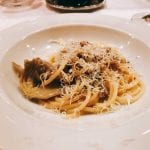Wine producers have a bad habit. When presenting a new wine, they tend to always resort to the same phrase: «It is the best vintage ever». Then, one tastes the nectar in question and has a few legitimate doubts. At Marchesi Antinori we witnessed a similar scene. In the glass, however, we found a great red and several confirmations. It is difficult to say whether the Tignanello 2021 is at the top among all the vintages produced; we well remember a trio of brilliant vintages (1983, 1988, 2015), as well as some lesser vintages (2003, 2012, 2017). Certainly, the 2021 will be talked about for decades, and even the feedback from our tastings in Bolgheri and Chianti Classico reinforce the excellent impressions. A vintage of fullness, maturity and complexity. The occasion for the visit to Tenuta Tignanello in San Casciano in Val di Pesa is an important anniversary: the 50th anniversary of the first release of Tignanello, which was born in 1971 ‘from seventy-six thousand six hundred and eighty-two vines of an ancient Chianti vineyard’, as the label designed by Silvio Coppola still reads. The first break was the decision to depart from the Chianti Classico disciplinary, which imposed the use of white grapes in the blend. It was presented as a table wine, and was composed solely of Sangiovese, with a small balance of Canaiolo; it was aged in barriques, for 30 months, a great novelty for the time. The positioning was already high, at a price well above the average for the time for a Chianti Classico: 2,220 lire, about 300% more than the average for the denomination.
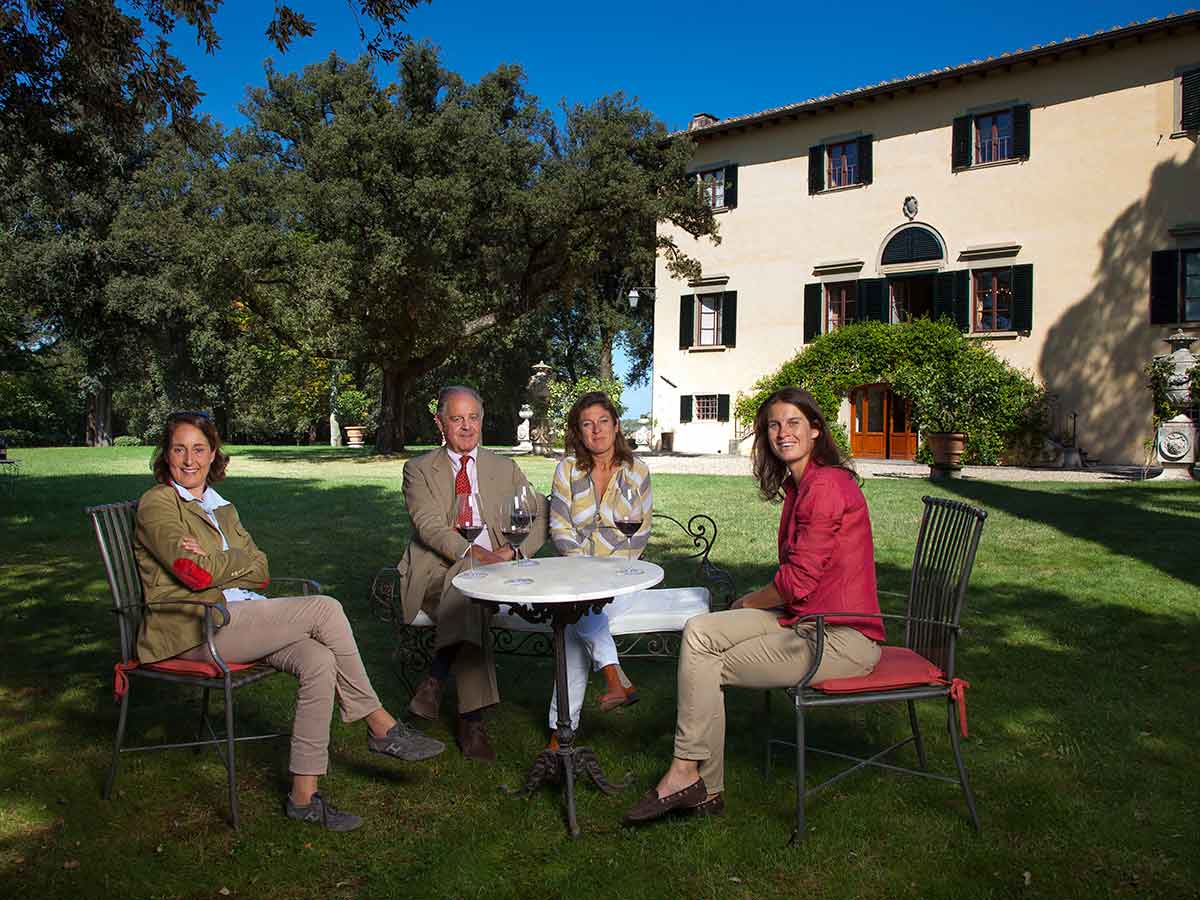
Tignanello project, what is behind
Behind the project was the decisive encounter between Piero Antinori, the French oenologist Èmile Peynaud and the vision of Giacomo Tachis; in 1975 cabernet was also introduced for the first time, the glorious season of Supertuscans began. Today's blend reads 85% Sangiovese, 10% Cabernet Sauvignon and 5% Cabernet Franc. «We became what we are thanks to him. Tignanello made us aware of our possibilities,» began Piero Antinori. «He took away that inferiority complex we had for centuries for French wines, he and the other wines that have followed his example have contributed to the renaissance of Tuscan and national wine.» The vineyard is located at an altitude of about 400 metres on soils rich in alberese and galestro. A further 20 hectares on the hill were acquired in 2021; in February 2024, the planting of the last part was completed, entirely terraced to optimise water resources. «When everything is in production, it will be a spectacle,» Piero maintains.
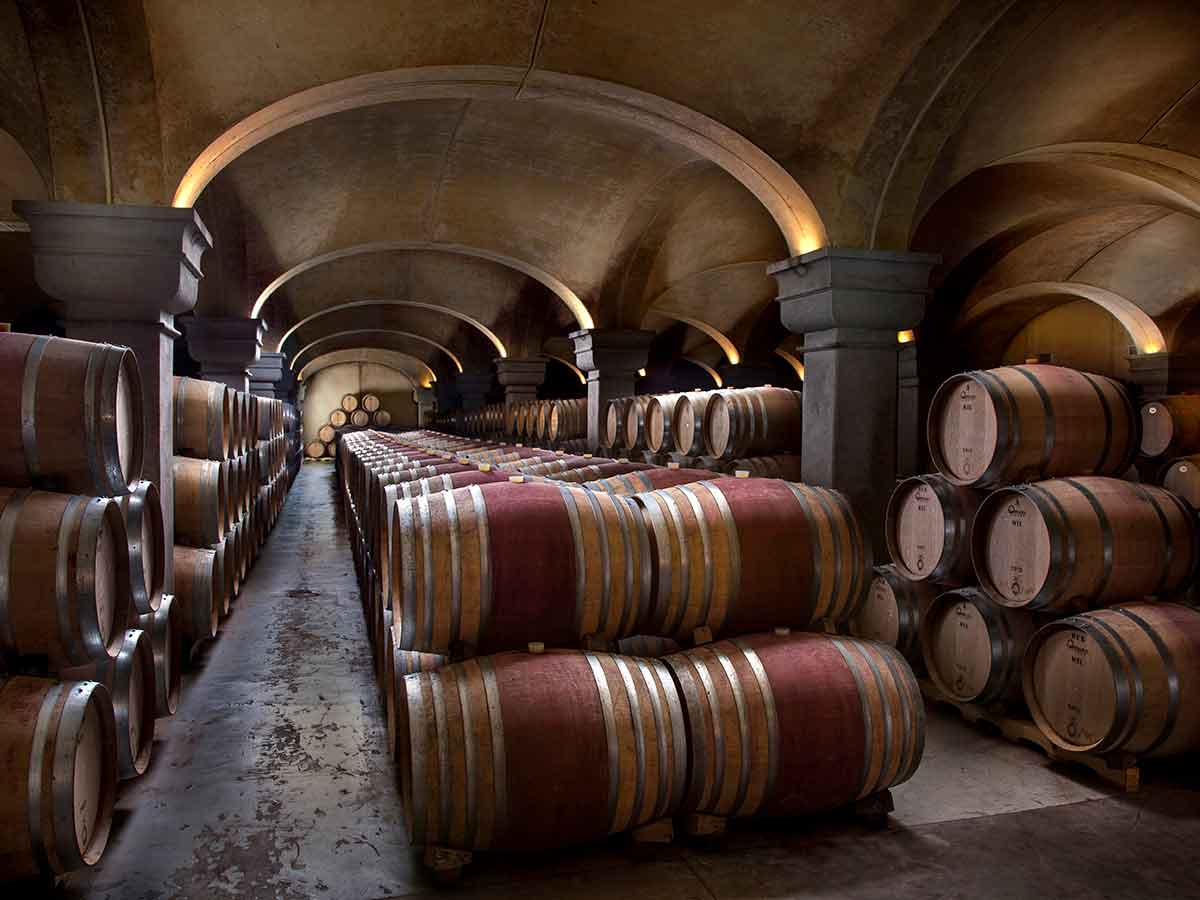
We descend into the cellar with Verdiana Antinori, the 27th generation of winemakers (the family started making wine in 1300). First stop: a trip to the 1970s. «Let's consider the context: it is the era of rule-breaking, of the flower children, the heavy years of lead». We are greeted by a magnum of Tignanello ‘78, with a couple of colleagues we comment: «Very old style Bordeaux!» It is a much rougher and sharper red than today, other climates, other selection work. It is certainly less precise and complete than other versions, but it has a charm that brings us back to some of today's registers, with wines - perhaps not those signed by giants such as Antinori - that play on hard and acidic registers, in search of an uncoiffed but energetic drinkability. In the second stage of the underground journey, we encounter the 1983 vintage, an amazing vintage, hot (for the time) but not droughty. The greatest attention in the vineyard and in the cellar can be felt in a sumptuous, enveloping and multifaceted red, a perfect blend of soft and hard parts: 41 years brought splendidly. At that time, the story goes, the Antinori were very close to selling everything to Banfi; what blew the deal was supposedly an oversight by a journalist who miscalculated when the news came out.
A journey through Thignanello's history
Let us continue our journey through time: the 1990s arrived with that cunning use of the barrique that marked the decade. We are joined by Renzo Cotarella, who has been Production Director and Head of Enology at Marchesi Antinori since 1993. Tignanello 1997 is still surprisingly young and closed in its aromas, clothed in a powerful structure. In those years the alberese stones were brought to the surface, thanks to a break-up of the soil, distributed between the rows to ‘tame’ the sunlight. Like all wines of that era, the concentration on the palate is massive, with a wood that is a little oversized compared to today's standards. Starting in the 2000s, the Antinori began to think more and more in terms of micro-parcels and micro-winemaking, finally deciding to build dedicated vinification and ageing areas, starting with Tignanello and Solaia, the other Supertuscan born in 1978.
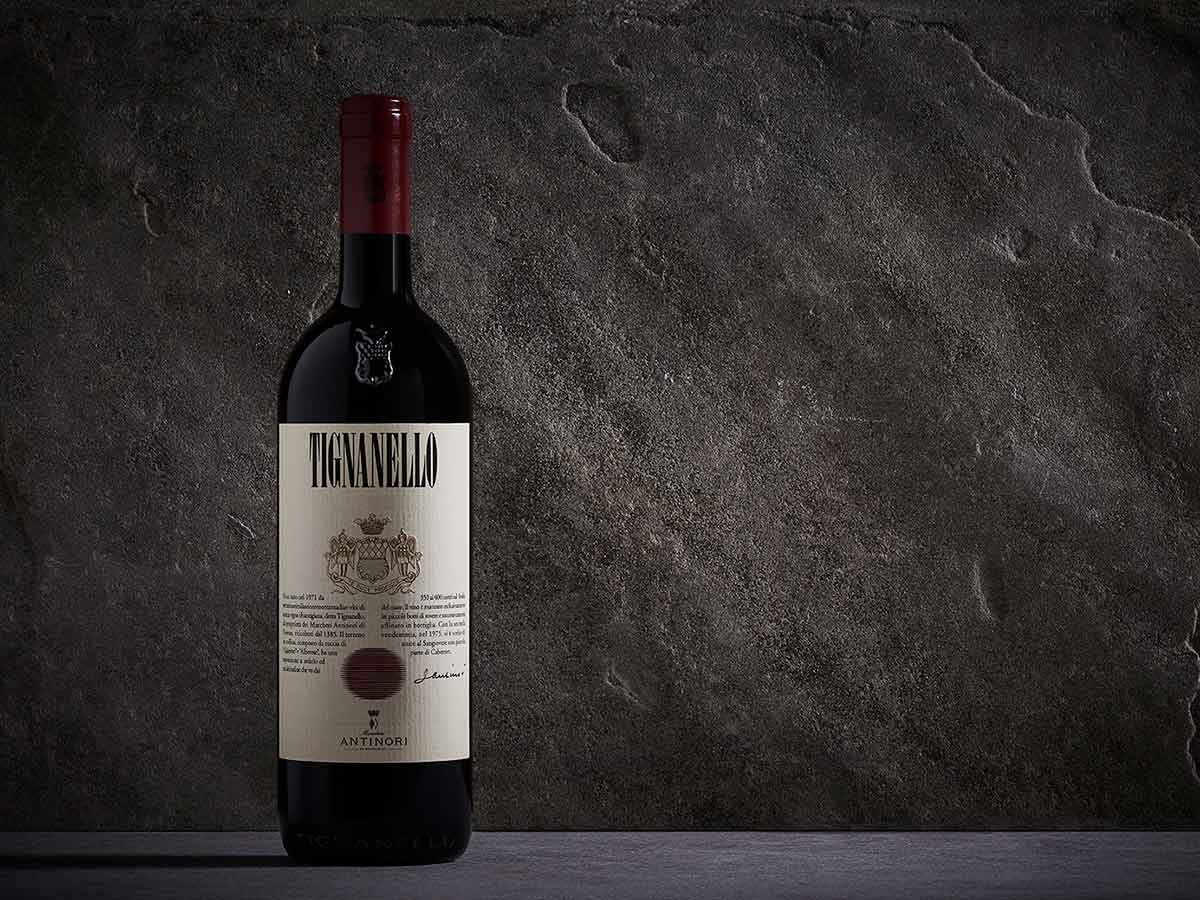
2004 was a watershed vintage, we are told in the cellar. The initial fear was of a wine that was too light for the time: ‘It didn't seem ripe to us, too light,’ says Cotarella. «The truth is that it is not true that the plants have to go under stress to produce better. This year we had a frost in April that delayed the harvest, the longest ripening cycles are always the best,» he adds. In the glass we have the image of a style in the process of redefinition, smoothing out some of the toasty excesses typical of previous years. The wine is compact, severe, with great charm. We return to ‘riveder le stelle’, leave the cellar and in the Italian garden we test the 2013, a vintage that is somewhat reminiscent of 1983. And yet, in this case the Tignanello is not entirely convincing, with notes of coffee and spices that do not outline a very broad texture. The version is somewhere between past and future, without fully exploiting either aspect.
At the table, we reason about the last two releases, the 2020 and 2021. In both cases there are floral and airy traits that bring us even more directly back to the frequencies of Chianti Classico. The impression is that if in 1974 it was Tignanello that dictated the model, 50 years later it is redefining itself to contemporary tastes dictated by greater drinking speed and lightness. And the new territorial push is already underway: «We are bringing forward zoning work, vineyard by vineyard: we are experimenting to produce a Chianti Classico from only Sangiovese grapes that fully reflects a single territory. For us it is also a cultural challenge, we are studying an old estate zone in Badia a Passignano, but also in Cigliano, Gaiole and Castellina,» Cotarella clarifies. Meanwhile, we ask for a refill of the 2021, truly a great wine. «An incredible vintage, it was one of my first vintages at the winery, we immediately realised it was different,» says our snacking neighbour. He is Niccolò Antinori, the other face of the 27th generation, destiny in the name. «Where would I like to live? New York, Los Angeles, San Francisco, London. But how good it is at home, my Florence, nowhere».

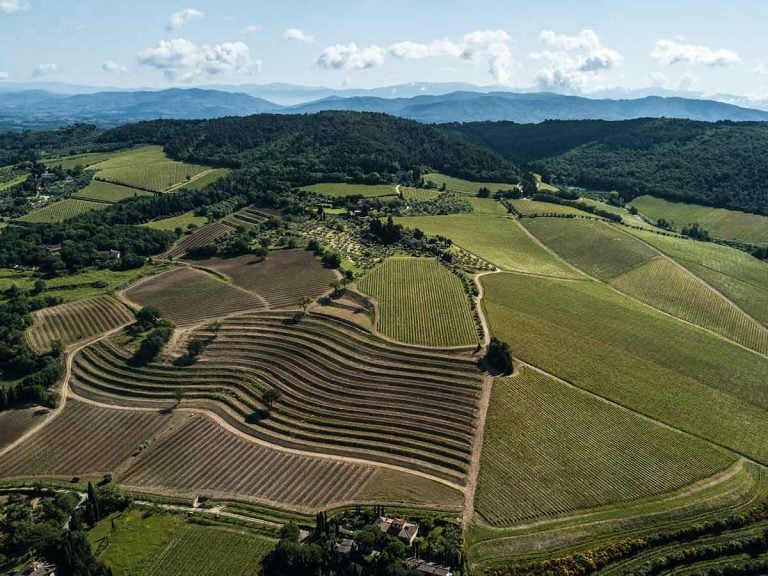
 US tariffs: here are the Italian wines most at risk, from Pinot Grigio to Chianti Classico
US tariffs: here are the Italian wines most at risk, from Pinot Grigio to Chianti Classico "With U.S. tariffs, buffalo mozzarella will cost almost double. We're ruined." The outburst of an Italian chef in Miami
"With U.S. tariffs, buffalo mozzarella will cost almost double. We're ruined." The outburst of an Italian chef in Miami "With US tariffs, extremely high risk for Italian wine: strike deals with buyers immediately to absorb extra costs." UIV’s proposal
"With US tariffs, extremely high risk for Italian wine: strike deals with buyers immediately to absorb extra costs." UIV’s proposal Meloni: "Tariffs? If necessary, there will be consequences. Heavy impact on agri-food sector"
Meloni: "Tariffs? If necessary, there will be consequences. Heavy impact on agri-food sector" The Government honours the greats of Italian cuisine, from Bottura to Pepe. Massari: "Thank you, Meloni, the only one who listened to us"
The Government honours the greats of Italian cuisine, from Bottura to Pepe. Massari: "Thank you, Meloni, the only one who listened to us"